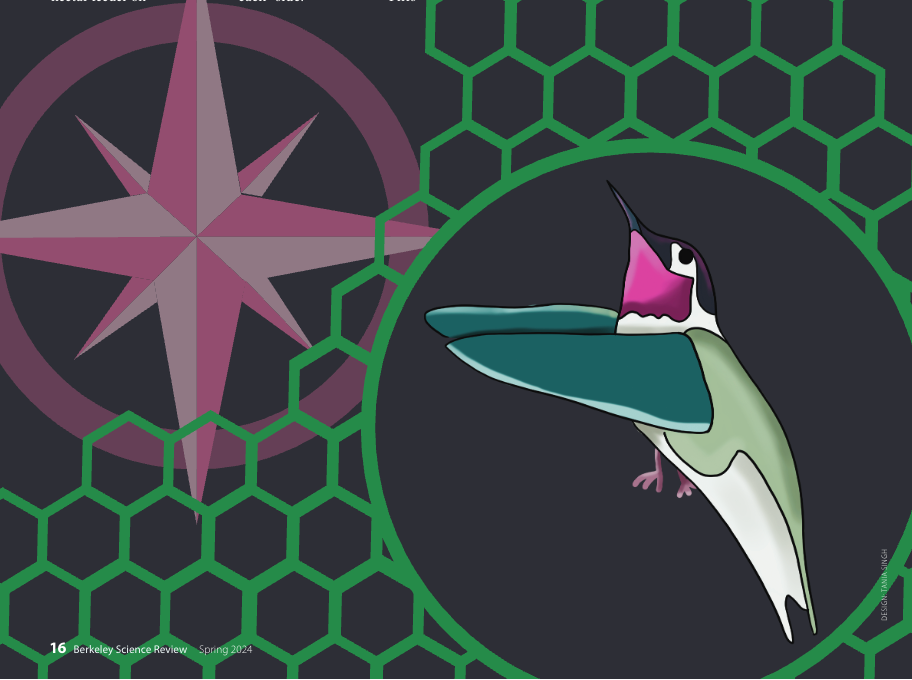
The results of wildfires can be devastating, whether they start from a small accidental spark or a large dramatic lightning strike. Surrounding ecosystems are rapidly altered from the destruction of native habitats, and the devastation can result in the displacement of people from homes and communities or even the loss of life, as seen in the Maui fires late last year. While there are techniques and strategies for putting out ongoing fires, the best way to fight wildfires is to prevent them in the first place.
Dr. Scott Stephens, a professor of fire sciences in the Department of Environmental Science at UC Berkeley, and his research group have been investigating solutions to this problem in the Sierra Nevada with controlled burns over the course of an ongoing 20-year study. Findings from these experiments reveal that implementing controlled burns can prevent the impact of wildfires by improving the resistance of trees to drought and parasitic bark beetles, while also clearing out frail vegetation that would perpetuate wildfires. Furthermore, restoration thinning, the process of removing excess growth and vegetation from the land around larger healthy trees, can serve a complementary role in preventing wildfires with controlled burns. In restoration thinning practices, workforces can be more easily trained and applied without having to rely on specific weather conditions, while also circumventing the inherent risk of controlled burns. In a custom and prescribed plan, the combination of controlled burns and thinning can be an effective toolkit in the prevention of wildfires. The work being carried out by the Stephens lab in the Sierra Nevada continues to provide real-world insight that can be applied to the management of forests all around the world.
This article is part of the Spring 2024 issue.





